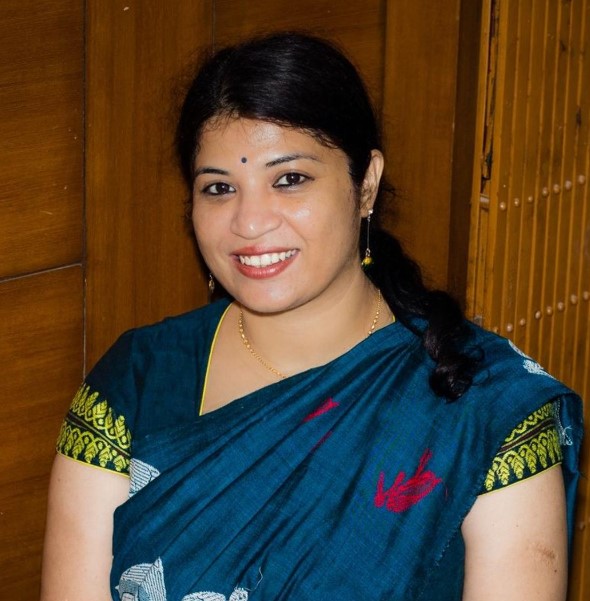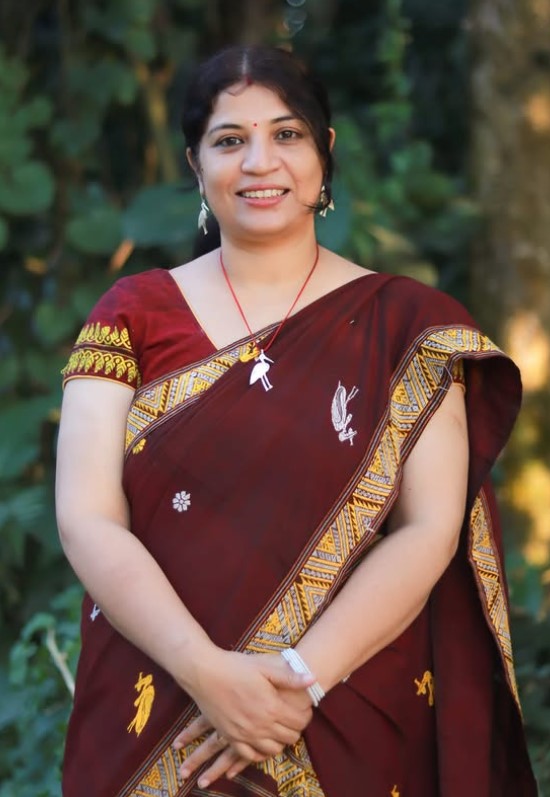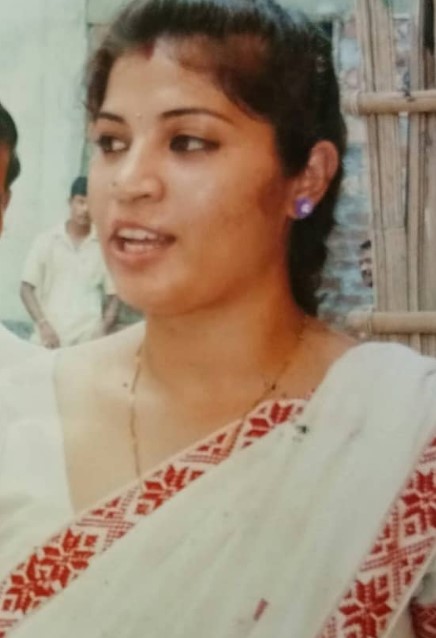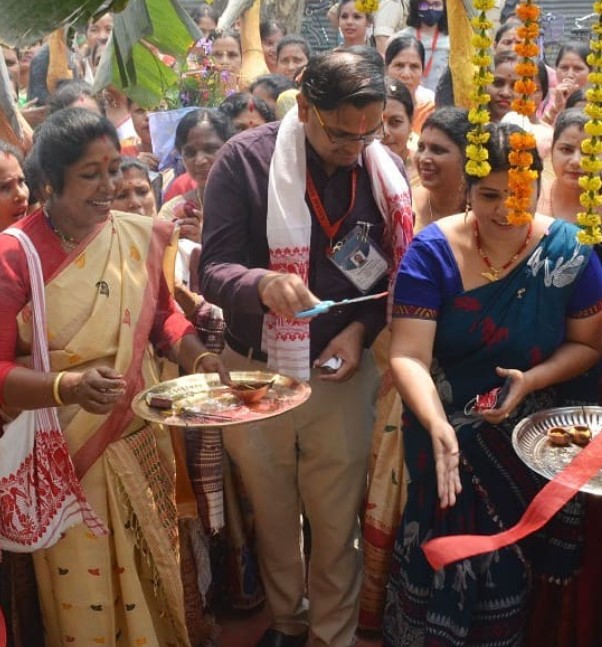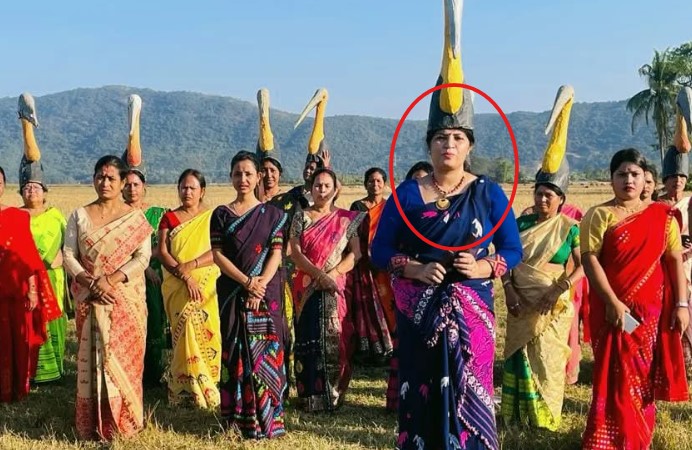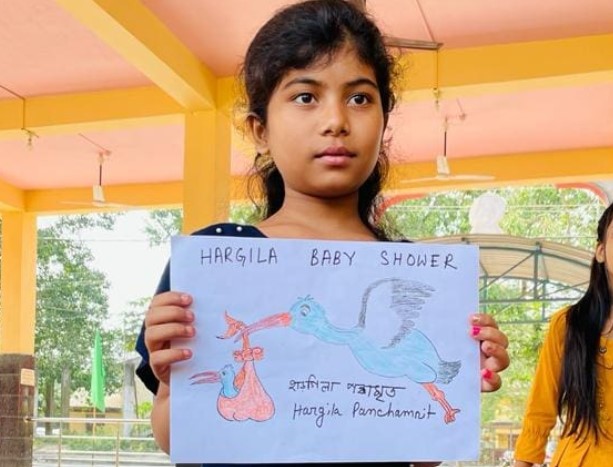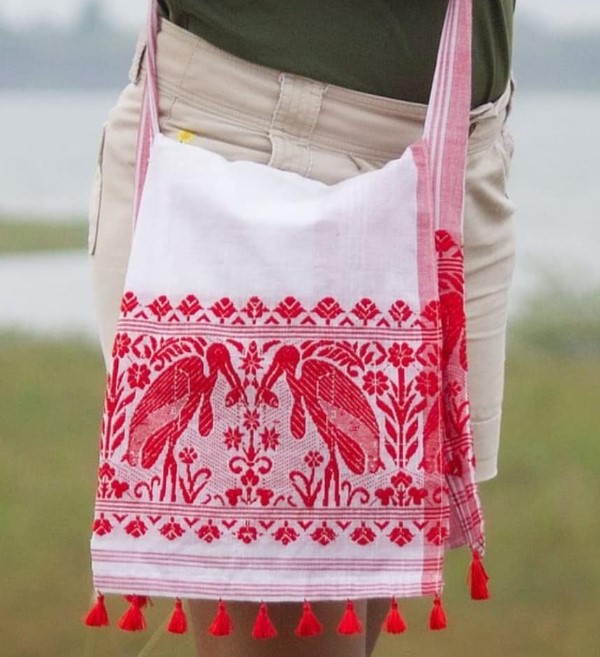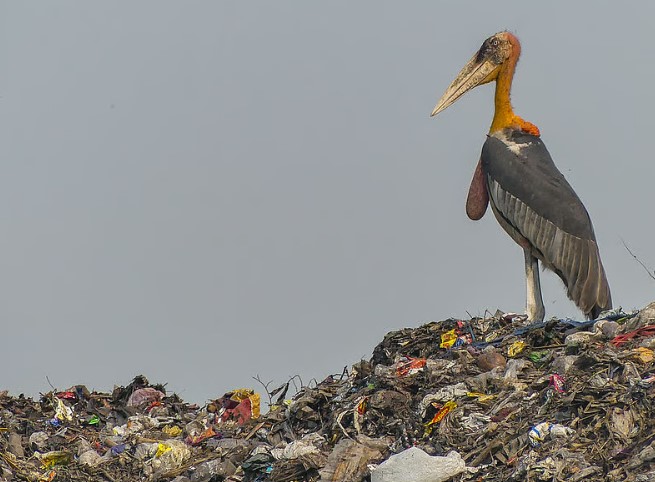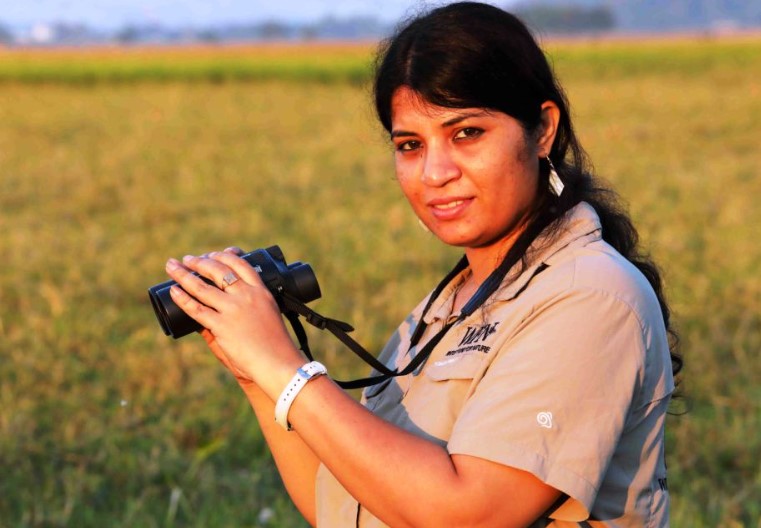Purnima Devi Barman Age, Husband, Children, Family, Biography
| Bio/Wiki | |
|---|---|
| Earned name(s) | • Hargila Baido • Stork Sister |
| Profession | Wildlife Biologist |
| Physical Stats | |
| Eye Colour | Black |
| Hair Colour | Black |
| Career | |
| Awards, Honours, Achievements | • Future conservationist award (2009) • Leadership Award from the Conservation Leadership Programme (CLP) (2015) • UNDP India Biodiversity Award from the United Nations (2016) • Balipara Foundation Green Guru Award (2016) • Bharat Sanchar Roll of Honour from BSNL (2017) • the FIICI FLO Women Achiever Award from North East (2017) • Nari Shakti Puraskar (2017) 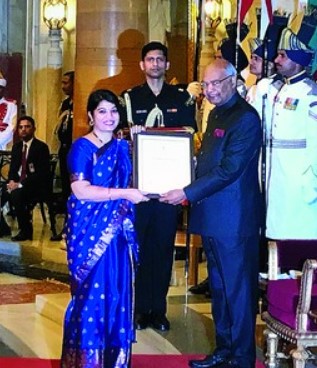 • Whitley Award (also known as a Green Oscar) by Anne, Princess Royal of the United Kingdom (2017) • Sri Sathya Sai Human Excellence Award 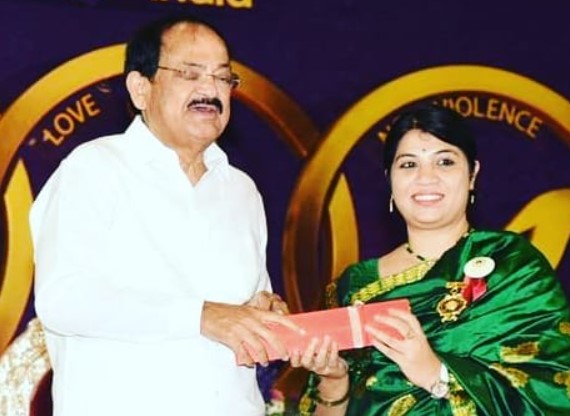 • UN Environment Programme’s (UNEP) Champions of the Earth award in the Entrepreneurial Vision category (2022) • GBP 1,00,000 Whitley Gold Award from the Whitley Fund for Nature (WFN) (2024) 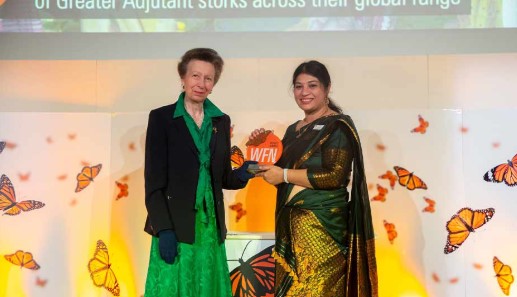 • Named one of Time’s Women of the Year (2025) |
| Personal Life | |
| Date of Birth | 24 November 1979 (Saturday) |
| Age (as of 2024) | 45 Years |
| Birthplace | Pub Majir Gaon, Kamrup, Assam |
| Zodiac sign | Sagittarius |
| Nationality | Indian |
| Hometown | Kamrup, Assam |
| College/University | Gauhati University, Assam |
| Educational Qualification(s) | • Masters in Zoology with a specialization in Ecology and Wildlife Biology • PhD (2019) |
| Religion | Hinduism |
| Food Habit | Vegetarian |
| Social Media | • Instagram |
| Relationships & More | |
| Marital Status | Married |
| Marriage Date | 2 December |
| Family | |
| Husband/Spouse | Rathin Barman (a wildlife biologist)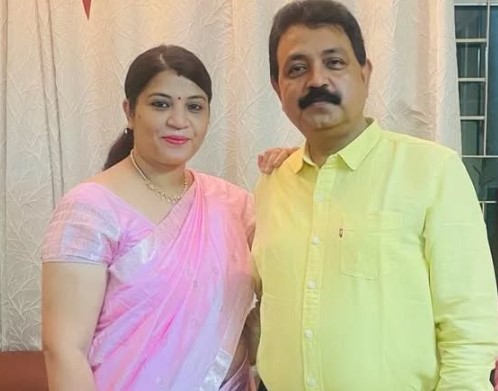 |
| Children | Daughters- 2 (twins) • Sampriti (Hiya) Barman • Sanskriti (Pahi) Barman 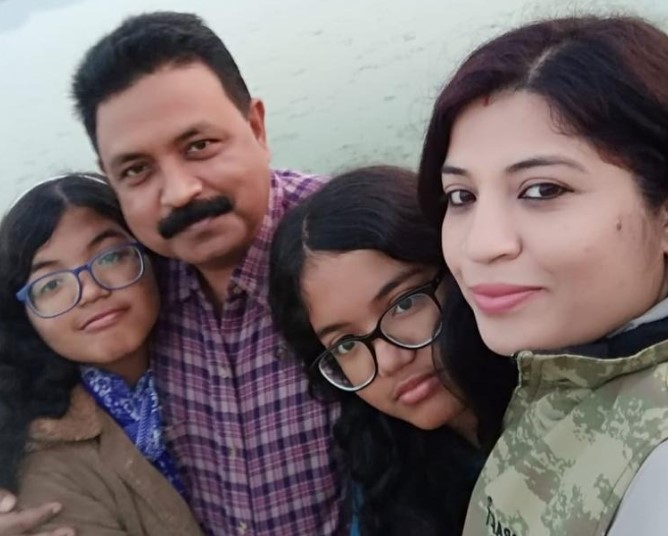 |
| Parents | Father- Former Army officer Mother- Homemaker 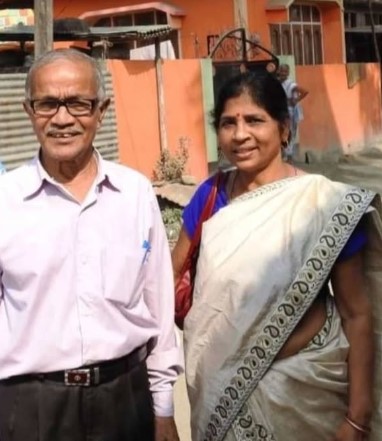 |
| Siblings | She has siblings. |
Some Lesser Known Facts About Purnima Devi Barman
-
When Purnima Devi was five years old, her parents sent her to live with her grandmother near the Brahmaputra River in Assam.
-
She was very sad after being separated from her parents and siblings.
-
Her grandmother, who was a farmer, decided to cheer her up and began taking her to nearby fields and wetlands.
- There, her grandmother taught her about the birds in the area. Once, during a media conversation, she recalled her childhood memories with her grandmother and storks. Purnima Devi said,
I saw storks and many other species. She taught me bird songs. She asked me to sing for the egrets and the storks. I fell in love with the birds.”
- In 2007, she saw a person cutting down a tree with a greater adjutant nest and baby birds inside. The villagers did not like the greater adjutant because it looked strange, ate garbage, and had smelly nests.
-
During the same year, Purnima Devi started her PhD research. However, she decided to pause her PhD to teach the villagers why the birds were important to nature.
- She began working in remote villages like Dadara, Pacharia, and Singimari in district Kamrup, Assam.
-
Purnima Devi Barman led many conservation programs that used local culture and traditions. These programs included sharing messages during religious events, cooking contests, plays, and dances.
-
She also invited some film stars to raise awareness.
-
She then organized celebrations for people who had trees with stork nests.
-
Purnima Devi Barman often created fun games and activities for kids and young people to learn about the bird. A special scholarship was also started for children whose families had nesting trees.
-
She also received help from the local government by inviting officials to see the bird’s homes.
-
She worked with forest officers and police to protect the birds and their nests.
-
After that, Purnima Devi Barman started a group called the Hargila Army which was named after a local word for the greater adjutant, which means ‘bone swallower’ in Sanskrit.
-
This group is led by women with more than 10,000 members, which includes 400 local volunteers from Assam.
-
The main goal of the group is to help and protect the greater adjutant and remove anything that harms the bird. The group has also empowered women by giving them a position to protect nature.
-
Purnima Devi Barman and the Hargila Army rescue injured baby storks that fall from nests.
-
The villagers are taught to use nets around trees to catch baby birds if they fall during storms. The injured birds are treated, cared at a local zoo, and then released back into the wild by the community.
-
Reportedly, after she started her conservation work, the number of greater adjutants in the area grew.
-
In 2007, there were only 28 nests in Kamrup district in Assam, but by 2019, there were 200 nests. This increase made Kamrup the biggest greater adjutant colony in the world.
-
Purnima Devi Barman has made this bird an important part of the local culture in rural Assamese villages.
-
Her initiatives encouraged people to actively protect these birds, and since 2010, no trees with nests have been cut down.
-
This bird was once seen as a bad sign or pest, and with time, it is celebrated in events like weddings and births. It is now included in local songs, festivals, and traditions.
-
The villagers hold baby showers (Panchamrit ceremonies) for expecting greater adjutant. They use the same traditions which were used for pregnant Assamese women.
-
Due to her initiatives, every year on 2 February, people started celebrating Greater Adjutant Day.
-
The women from the Hargila Army weave the bird’s image on clothes to raise awareness and earn money for their families.
-
The local school children learn about the bird through games, talks, and trips to garbage lots where the birds are often seen.
- In 2011, she published a case study titled Conservation Initiatives for Greater Adjutant in Assam, India.
-
Indian journalist Abdul Gani won the Laadli Media & Advertising Award in 2015 for reporting on Purnima Devi Barman’s work to protect the greater adjutant in Assam.
- In 2015, she published a case study titled Largest Breeding Colony of Greater Adjutant, Leptoptilos Dubius Gmelin, in Dadara-Pasariya-Singimari Villages in Assam, India.
- She finished her PhD in 2019.
- Purnima Devi Barman has created an artificial nesting platform for the greater adjutant, and in 2019, a chick hatched on it.
- In 2020, she published the case study Foraging Analysis of Endangered Greater Adjutant Stork Leptotilus Dubios (Gemlin) in certain habitats of Assam, India.
-
In 2020, the International Union for Conservation of Nature (IUCN) red list stated that only about 800 to 1,200 adult greater adjutants were left in the world, and most of them (around 650 to 800) lived in Assam, India.
-
In Assam, these birds live near cities, build nests in trees owned by people, and eat from garbage dumps.
-
They are in danger because of pollution, loss of habitat, and cutting down of trees where they nest.
- Purnima Devi Barman has worked as a Senior Project Manager of the Avifauna Research and Conservation Division, Aaranyak, a group that works to protect nature and animals.
- There, she led a project at Aaranyak to protect the greater adjutant stork.
- She also works as a Director at Women in Nature Network (WiNN) India.
- She is a member of the IUCN group which focuses on storks, ibises, and spoonbills.
- Photography is her favourite recreational activity.
- Purnima Devi Barman likes travelling to distant places in her free time.
- She is an animal lover and has a pet dog named Pili. She often shares pictures of her pet on social media.
- Purnima Devi Barman is often invited to various public speaking platforms to deliver motivational lectures.

